Quiz: Understanding Aircraft Performance
Flight Training Central
SEPTEMBER 9, 2024
What effect does high density altitude have on aircraft performance? What is the headwind component for a landing on Runway 18 if the tower reports the wind as 215° at 30 knots? 187 knots 162 knots 165 knots Correct! It increases takeoff performance. It increases engine performance. 1,300-foot increase.






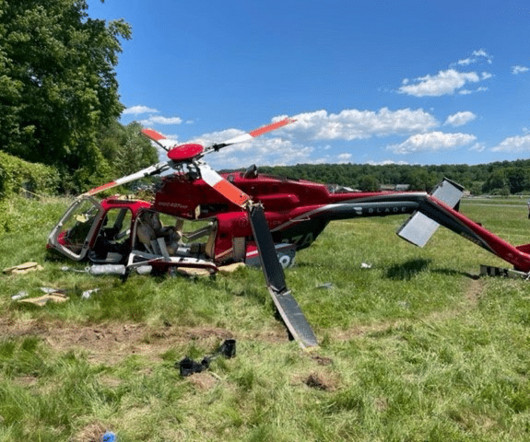
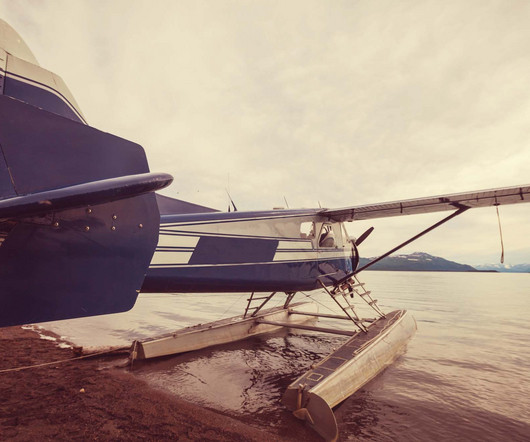
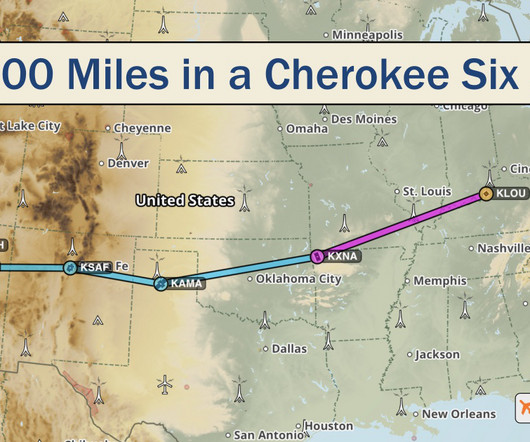


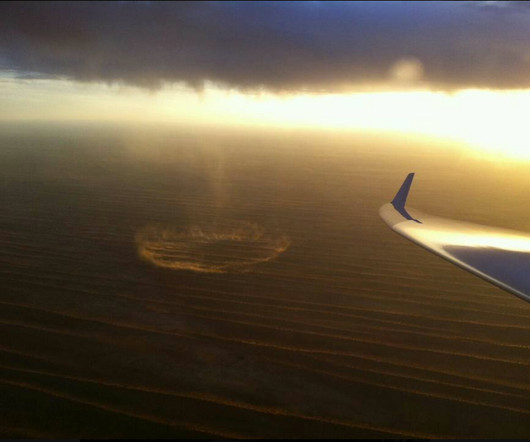

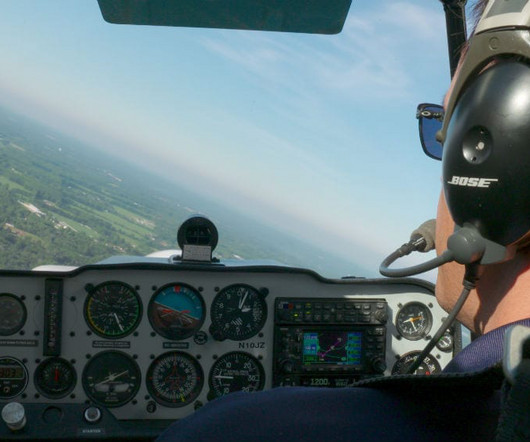









Let's personalize your content